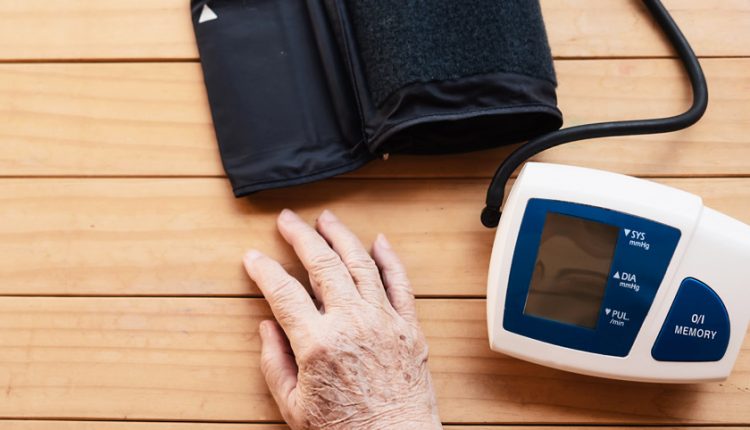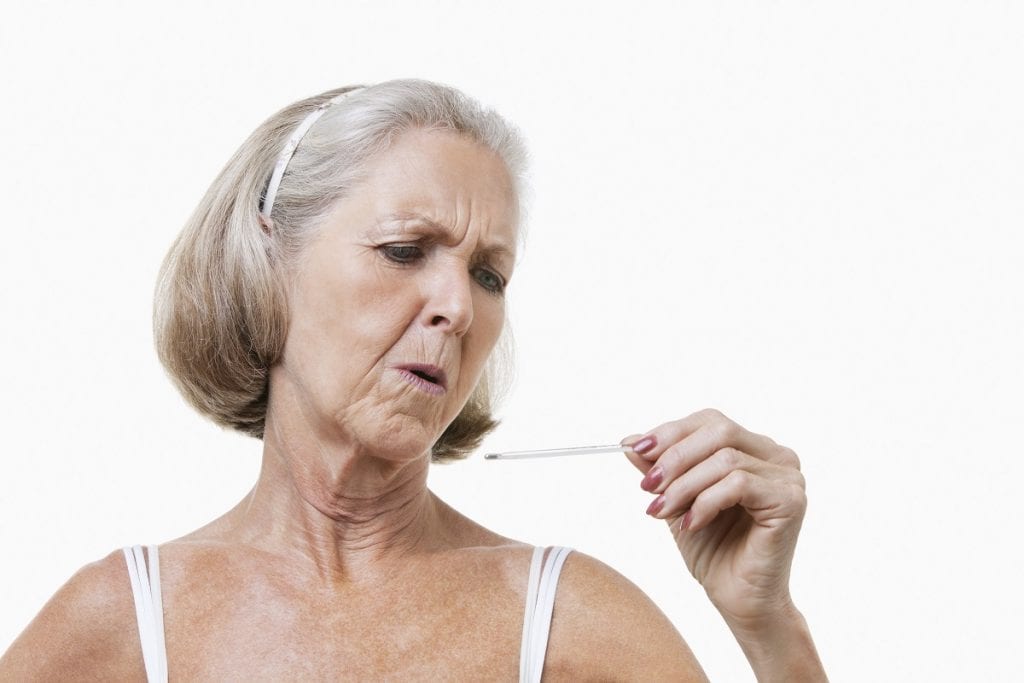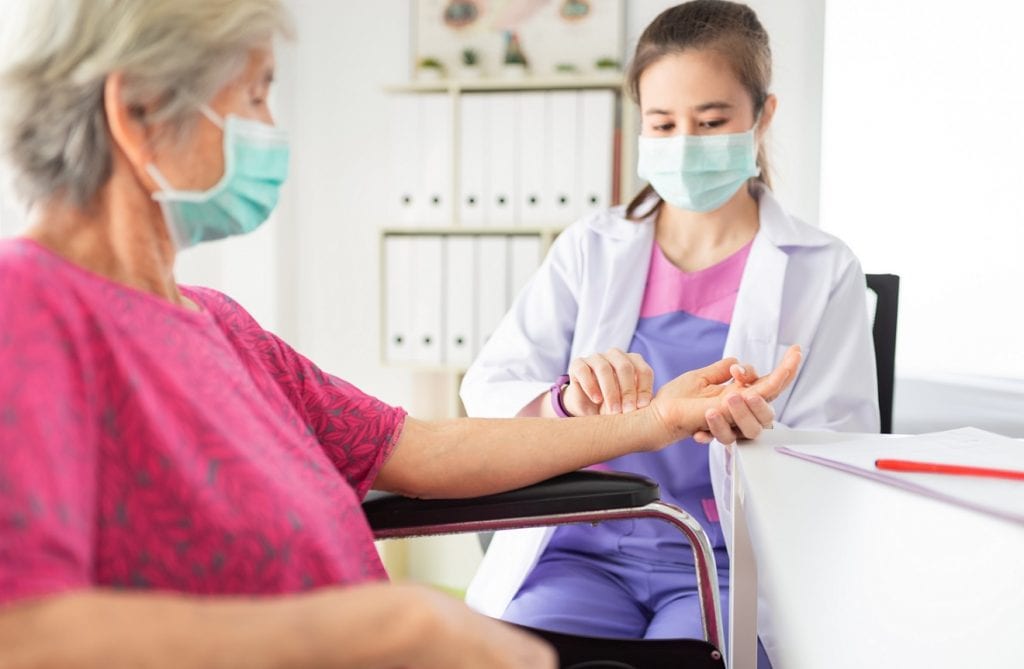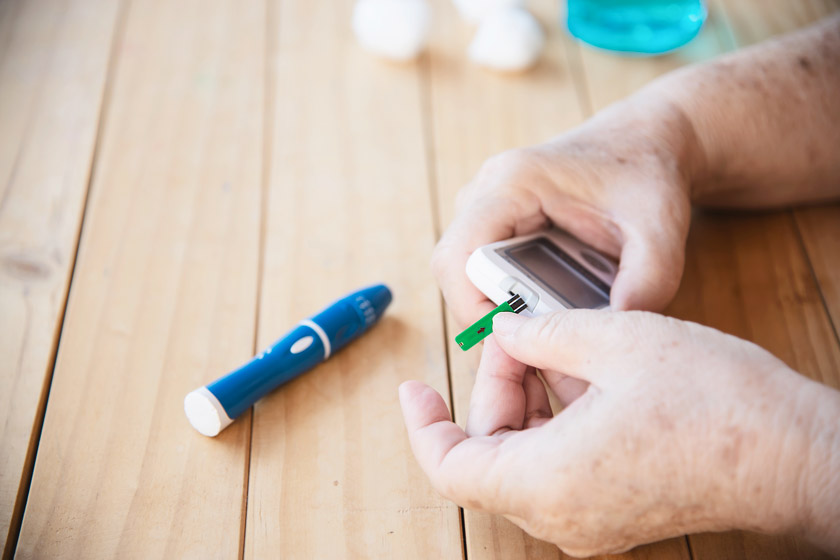
5 Normal Vital Signs for an Elderly: Stay Safe
Vital signs are four to six most critical medical signs that reveal the status of the body’s vital functions. These measures are taken to help evaluate the general physical health of an individual, give clues to possible diseases, and indicate progress toward recovery.
Keeping a careful eye on these signs, particularly when it comes to the elderly’s health, is essential. There are age-specific variations in most of these measures, and by enhancing our knowledge of them, we can better understand our condition.
Most of us are familiar with these signs, but we might not know that vital signs vary based on age. This article will discuss all and give you tips that might come in handy someday.
Respiration
Respiration refers to the speed of inhaling and exhaling, and the respiratory rate is an indicator of the amount of oxygen in the blood. Respiratory rate is one of the most important criteria to assess the condition of the elderly. Respiratory rate is an indicator of several medical conditions, and any change in this rate can act as a forewarning for some types of respiratory diseases such as asthma.
But the question might arise of how we can measure our respiration rate. The only thing one should do is count the number of times the chest rises for one minute. The person should be in a resting condition to measure this rate accurately since any activity can affect the rate. For example, if the senior has been walking for some time or climbing the stairs, it is necessary to wait for a few minutes to return their breathing to normal conditions.
Doctors usually assess other parameters while checking respiration. They immediately treat any wheezing or abnormality in breathing since they can lead to severe conditions. On the other hand, breathing difficulties are among the most common issues the elderly face. Air pollution is one of the leading causes that deteriorates this condition and affects their vital signs.
The standard rate of respiration in each minute for the elderly is 12 to 18. It is important to note that this rate does not change as we grow older, and only the quality of breathing is affected as we grow older.
Temperature

Temperature is another vital sign where any severe increase can cause tremendous damage to our body. Fever can be a sign of inflammation or systematic infection. We might think only the high temperatures are dangerous for the body, but physicians and nurses always watch for lower than average body temperatures. The normal range for temperature is 97.8 to 99 degrees. As we age, it becomes harder to manage body temperature. The amount of body fat is lower when we age, and it becomes harder to keep the body warmer.
Aging also affects our ability to sweat, and this is another condition that can lead to stroke. So it is a good idea to measure the temperature at home a few times during the day. Some forehead thermometers are also available to give you an instant reading of your body temperature.
The elderly’s vital signs are highly susceptible to temperature changes in the environment, and the temperature of their body does its best to cope with these changes. Hence, they must live and try to have optimal temperatures during both hot and cold seasons and control their bodies’ temperature.
More Resources: Medical Tests for Seniors Over 60
Blood Pressure
Many scientific sources and books have dealt with blood pressure and call it a silent killer. Blood has to have a force and pressure to circulate throughout the body, called blood pressure. Blood pressure is not a disease in itself, and it is the abnormal increase in blood pressure that is known as a disease. Abnormally high blood pressure can affect many organs, including the heart, kidneys, brain, and other organs.
High blood pressure is a dangerous and common condition in the elderly. It is common in young and middle-aged people but is more expected in men. As people get older, their risk of developing high blood pressure increases, but this increase is more in women than men. For more information, you can read here.
There are two readings for blood pressure, and the normal range is 120/80 mm Hg. A decrease in blood pressure causes dizziness, but remember that aging increases the risk of hypertension (higher blood pressure).
Checking the blood pressure regularly by a physician is necessary. Some devices can check blood pressure at home, but they cannot measure as accurately as the doctor can.
Pulse

A regular heart rate is one of the vital signs which indicates how many times a minute our heart beats, or in other words, contract and expand. Heart rate varies depending on physical activity, emotional reactions, and sense of danger. When the person is calm and does not have any anxiety or worry, the heartbeat is called the resting heartbeat. A regular heart rate cannot guarantee you perfect health.
The normal heart rate for the elderly is 60-100 beats in a minute.
Heart rate is not the only requirement for heart health monitoring. Heart rhythm is also important. A healthy heart has a steady rhythm, and there is a definite and regular interval between each beat. Each muscle has an electrical system that reports the heartbeat’s timing and blood flow to different organs. If the electrical system is not healthy, an abnormal rhythm can form in the heart. Remember that the heart rate during anxiety, excitement, fear, exercise, etc., is different from its resting state. Be sure to see your doctor if you feel your heart rate beats more or less than expected.
Blood Sugar
Knowing the amount of regular blood sugar is essential, and it determines the range of blood glucose level, a crucial part of diabetes self-control. Controlling blood sugar is possible via diet, and the elderly should be more attentive to it since their bodies cannot process some foods as they could in their younger years.
The fasting amount of blood sugar in people who have diabetes should be 80-130, which is 70-99 in most people. You can measure your blood glucose and blood sugar by having a fingertip blood test. You can also put a sensor under your skin to measure your blood sugar, and this method is called CGM measurement.
Blood tests should be done regularly for people who inject insulin. To control blood sugar, you can measure glucose levels after eating different foods or doing various activities. Blood sugar levels increase depending on the amount and type of food. People with type 2 diabetes who do not inject insulin can have their blood sugar measured at different times. Most people with diabetes do not need to be tested between meals unless they take diabetes medications that can lower their blood sugar.
It is wise for people with diabetes to measure their fasting blood sugar immediately after waking up. It may also be useful to test your blood sugar before a meal or sometimes 2 hours after a meal when your blood sugar is back to normal.
Experiment with scheduling. A daily test might not give you useful information, such as measuring your blood sugar after changing pills or taking certain medications.

Final Words
Monitoring and maintaining normal vital signs is an integral part of promoting the health and well-being of seniors. Regular check-ups and consultations with healthcare providers can help seniors stay on top of their vital signs and detect potential health issues early on. The seniors themselves or those taking care of them should monitor all vital signs. Previously, the elderly had to visit the doctor’s office to check their vital signs, but now thanks to various smart devices, the elderly can measure it themselves. Various smartphone applications help users keep track of their records, and the healthcare experts monitor changes and diagnose any impending diseases. Having these devices in the homes of the elderly is a must.
More Resources:
I don’t have diabetes ( I have been tested before), but for some reason, my blood sugar level is on 120-130 most of the time. Do you think it’s dangerous? I’ve noticed this in the middle of the lockdown, so I’m scared to see a doctor now. Are there any other reasons for a person to have such a high blood sugar level other than diabetes?
I think everyone, especially older adults, need to relax, enjoy life, and not worry about signs and symptoms. That’s what doctors are for! I’m not saying people should not get tested; in fact, older adults need more frequent checkups. But you cant always check your heart rate, temperature and blood sugar!
I’m in my 60s, and my blood pressure is never high; if anything, it’s way lower than 120/80. I read about how low blood pressure can be dangerous, leading to shock and death. I never have any dizziness or headaches, but lately, I’ve been feeling tired almost all the time. Should I ask my doctor about it?
It’s very important for seniors to check their vital signs. We managed to save my 70-year-old father from a heart attack by checking his blood pressure in advance. When we checked his blood pressure, it was higher than usual, and we could find out what the problem was.
Just thinking about blood pressure gives me jitters. I think every single one of us should keep a careful eye open for it at all times. Unless you stay loose and pliable with yoga and stretching and stay away from fats and junk food, your blood vessels can develop plaque, causing your heart to work harder and push your blood pressure up.
My wife, now 69, was in hospital in October of 2016, recovered at our home, and lost some 60 pounds which brought her blood pressure down to where she did not need any medication for that imbalance.